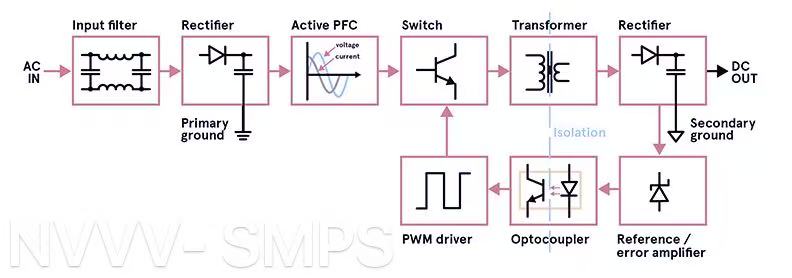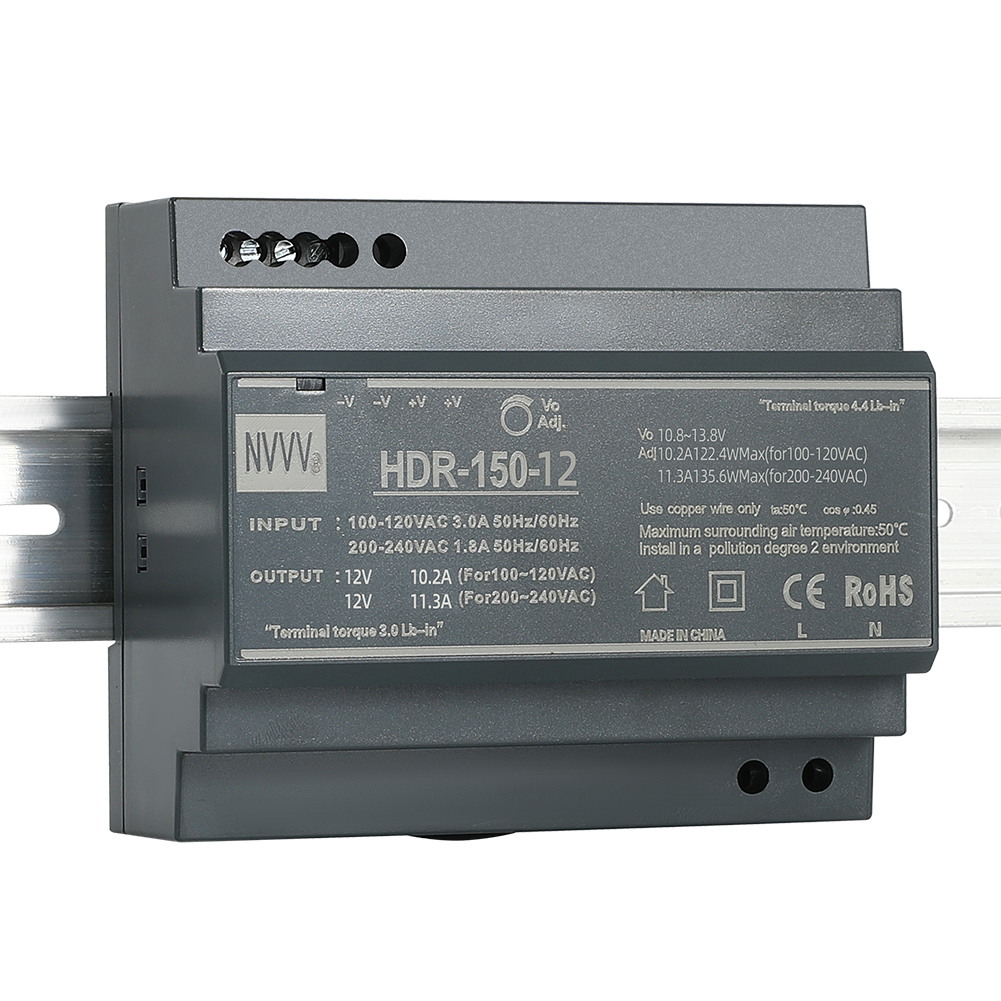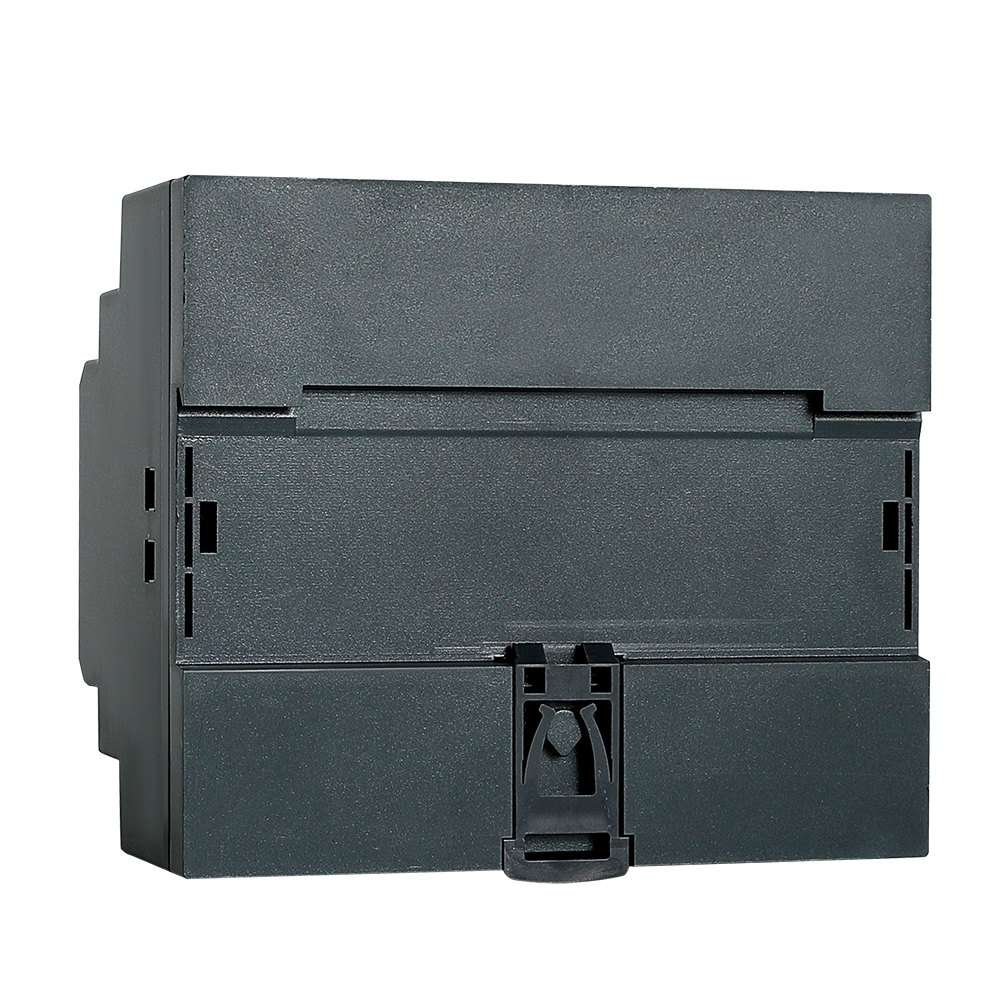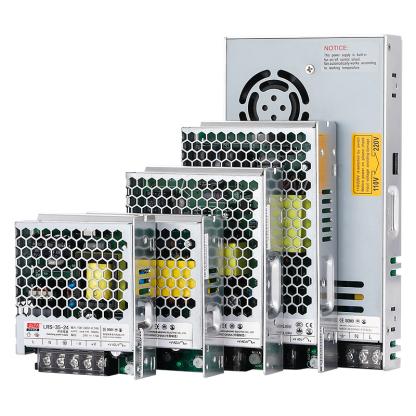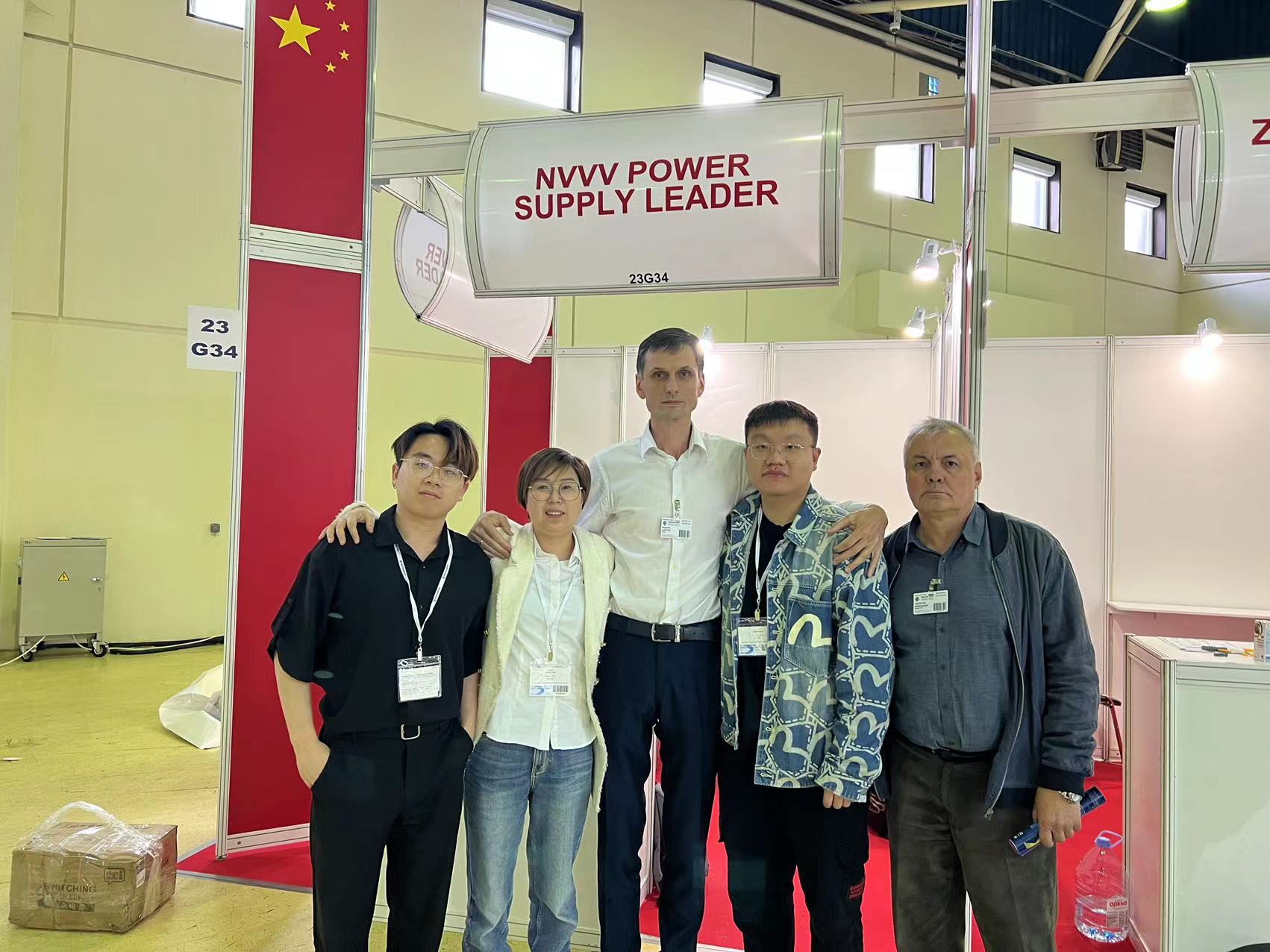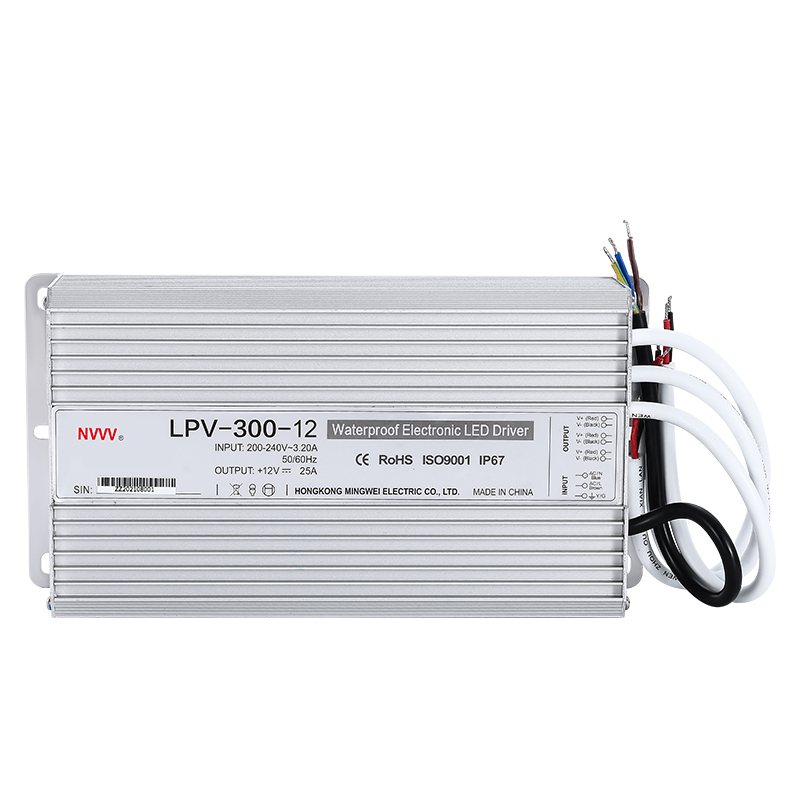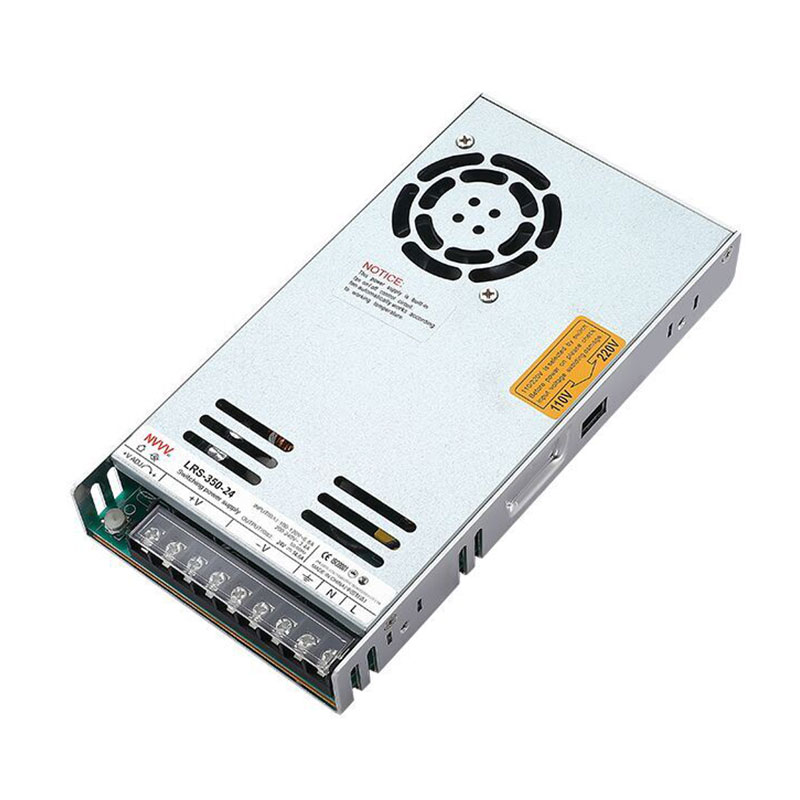How Switching Mode Power Supplies Enhance System Reliability and Prevent Failures
In today’s highly interconnected and automation-driven environments, system reliability is no longer a luxury—it’s a necessity. Whether you're running production lines, managing communication networks, or overseeing energy systems, even a brief power issue can lead to costly downtime, data loss, or equipment damage.
That’s where switching mode power supplies (SMPS) come in—not just as efficient power converters, but as critical components in maintaining system integrity and minimizing the risk of unexpected failures.
Let’s explore how SMPS enhances reliability, supports protective mechanisms, and contributes to long-term operational stability across different industries.
Table of Contents
What Makes SMPS More Reliable Than Traditional Power Supplies?
How Does SMPS Minimize Downtime in Industrial Systems?
What Role Does SMPS Play in Preventing Equipment Damage?
Which Industries Benefit Most from SMPS-Driven Reliability?
What Should You Look for in a High-Reliability SMPS?
What Makes SMPS More Reliable Than Traditional Power Supplies?
Switching power supplies (SMPS) are widely recognized for their efficiency, but their reliability is often the reason they are chosen for mission-critical applications. Compared to traditional linear power supplies, SMPS offer a more advanced and adaptive power management architecture that supports long-term system stability.
Efficient Heat Management
One of the core reasons SMPS are more reliable is their ability to minimize heat generation. Unlike linear power supplies—which reduce voltage by dissipating excess energy as heat—SMPS use high-frequency switching to convert and regulate power efficiently. This results in less heat buildup, which not only protects internal components from thermal stress but also reduces the burden on external cooling systems. In industrial environments where ambient temperatures are already high, this becomes a major factor in extending system longevity.
Built-in Protection Mechanisms
Modern SMPS units are equipped with multiple layers of protection, including overvoltage, overcurrent, short-circuit, and over-temperature safeguards. These aren’t passive features—they actively monitor the power supply’s behavior and respond in real time. For example, if the output current suddenly spikes due to a downstream issue, the SMPS can limit or cut power to prevent component damage. This responsiveness makes SMPS a smart, self-defensive part of your overall system.
Consistent Power Delivery
Voltage fluctuations and load changes are common in real-world applications. A key advantage of SMPS is their ability to maintain stable output despite unstable input conditions or varying loads. The fast switching and internal feedback circuits allow precise control over voltage regulation, which is especially beneficial for sensitive devices like sensors, microcontrollers, and industrial automation equipment.
In short, SMPS provide a stable, safe, and adaptive power platform—making them a cornerstone of reliable system design in modern industrial and commercial environments.
How Does SMPS Minimize Downtime in Industrial Systems?
Unplanned downtime can be one of the most expensive challenges in industrial operations. From delayed production schedules to equipment damage, power-related failures are often at the root of these issues. Switching mode power supplies (SMPS) help address this risk with features that go beyond simple voltage conversion.
Fast Response to Dynamic Load Conditions
In many industrial systems—such as packaging lines, CNC machines, or robotic arms—power demand isn’t constant. Loads can spike suddenly during startup or vary based on operational cycles. SMPS are engineered to respond rapidly to these changes. Their high-frequency switching and real-time feedback allow them to maintain stable output even as the load fluctuates. This ensures that connected equipment operates smoothly without interruptions or voltage dips.
Wide Input Range = Power Stability
Power input from the grid isn’t always stable, especially in remote or high-demand areas. SMPS typically support a wide input voltage range (e.g., 85–264V AC), allowing them to handle sags, surges, or frequency variations without going offline. This capability is essential in minimizing power-related shutdowns and is a key reason SMPS are favored in manufacturing facilities and logistics centers.
Built-in Redundancy and Hot-Swap Options
For high-availability environments, certain SMPS models offer hot-swappable modules or redundant power configurations. This means that if one unit fails, another can take over without disrupting the system. Maintenance or replacement can be done without shutting down the entire process—reducing downtime to near-zero.
In environments where every second counts, SMPS isn’t just a power supply—it’s an operational insurance policy that ensures your equipment keeps running when it matters most.
What Role Does SMPS Play in Preventing Equipment Damage?
Power-related damage is one of the most common hidden costs in industrial and commercial systems. Sudden surges, voltage irregularities, or internal short circuits can lead to irreversible harm—not only to the power supply itself but also to downstream devices. This is where switching mode power supplies (SMPS) show their true value—not just as a power source, but as an intelligent protective layer for your equipment.
Intelligent Circuit Protection
Modern SMPS units are designed with advanced protection features built directly into their circuitry. These include:
Overvoltage Protection (OVP): Prevents damage from sudden spikes in input or output voltage.
Overcurrent Protection (OCP): Limits output current if too much is drawn, protecting both the supply and connected devices.
Short-Circuit Protection (SCP): Automatically shuts down output when a short is detected, avoiding potential system-wide failure.
Over-Temperature Protection (OTP): Monitors internal heat levels and responds accordingly, either with cooling or shutdown.
These mechanisms work in real time and often reset automatically once conditions normalize, helping systems recover quickly and safely.
Soft Start and Inrush Current Control
When equipment is first powered on, it may draw a large amount of current—known as inrush current. Without control, this can stress capacitors, wiring, and connected circuits. Many SMPS models include soft start features, which gradually ramp up voltage and current to avoid that sudden jolt. This not only protects the power supply itself but also extends the lifespan of connected motors, drives, and control units.
Preventing Downtime from Hidden Electrical Stress
Beyond visible faults, long-term electrical stress—such as ripple noise or transient spikes—can gradually degrade components. SMPS are typically better at filtering these out compared to basic power supplies. In systems using digital logic, sensors, or communication modules, this clean, regulated power becomes essential for both performance and durability.
In summary, SMPS acts like a built-in insurance policy, guarding your valuable equipment from the kinds of power anomalies that are easy to overlook but expensive to fix.
Which Industries Benefit Most from SMPS-Driven Reliability?
While switched mode power supplies (SMPS) can be used almost anywhere, certain industries depend heavily on their reliability to maintain continuous, safe, and efficient operations. For these sectors, even minor power instability can lead to major operational, financial, or safety consequences. Let’s look at some of the key fields where SMPS makes a measurable difference.
Automation and Industrial Control
In manufacturing environments, downtime isn’t just inconvenient—it’s costly. Systems like programmable logic controllers (PLCs), human-machine interfaces (HMIs), and sensor arrays all rely on steady DC power to operate correctly. SMPS ensures that even under variable load or fluctuating input, these systems continue running without hiccups. Their compact form factor also makes them ideal for integration into crowded control panels.
Telecommunications and Networking
Network reliability is non-negotiable in telecom infrastructure. From base stations to data centers, SMPS units provide clean and stable power to switches, routers, and servers. Many telecom-grade SMPS models support 48V DC output and are designed with redundancy in mind, allowing seamless failover if one unit fails. This reduces the risk of dropped signals or data loss, especially in mission-critical applications.
Medical and Laboratory Equipment
In medical environments, reliability and safety are paramount. Devices like diagnostic analyzers, imaging systems, and patient monitors often incorporate SMPS for their regulated power and compact size. While ultra-sensitive equipment may still use linear supplies for noise suppression, the majority of non-critical systems benefit from SMPS’s energy efficiency, thermal control, and fault protection.
Transportation and Warehousing Systems
In logistics hubs or automated storage systems, electric conveyors, barcode scanners, and autonomous guided vehicles (AGVs) must run without interruption. SMPS, with vibration-resistant casings and wide input ranges, offer a dependable power foundation in dynamic, mobile environments.
Across all these sectors, the consistent thread is clear: wherever uptime, efficiency, and protection matter, SMPS delivers real, measurable value.
What Should You Look for in a High-Reliability SMPS?
Choosing a switching mode power supply (SMPS) isn’t just about matching voltage and current—it’s about selecting a unit that will deliver consistent performance under your specific operating conditions. With dozens of models and configurations on the market, identifying the right one requires attention to more than just datasheets.
Prioritize Comprehensive Protection Features
Reliability starts with safeguards. A high-quality SMPS should include a full suite of protection mechanisms, such as:
Overvoltage Protection (OVP)
Overcurrent Protection (OCP)
Short-Circuit Protection (SCP)
Over-Temperature Protection (OTP)
Inrush Current Limiting
These features ensure the power supply reacts properly under fault conditions without damaging itself or downstream devices. Look for real-time response capabilities rather than just fuse-based protection.
Consider Environmental Suitability
If your equipment is installed in a high-heat, dusty, or vibration-prone area, your SMPS must be rated to match. Choose models with:
Wide operating temperature ranges
IP-rated enclosures for dust or moisture
Shock and vibration resistance (especially for mobile or outdoor setups)
Environmental durability often makes the difference between a power supply that lasts a few years and one that performs for over a decade.
Look for Design Flexibility and Certifications
In systems that may expand or evolve, modular SMPS with adjustable outputs or DIN rail mounting offer greater adaptability. Also, don’t overlook certification. A reliable SMPS should comply with recognized safety and performance standards like:
CE / RoHS / EN 62368
EMC compliance for low noise emissions
Energy efficiency ratings (especially for continuous-operation systems)
Finally, opt for reputable manufacturers who can provide technical support, documentation, and proven field performance. Long-term reliability often depends not only on the product but also on the people behind it.
Final Thoughts: Make Reliability a Core Part of Your Power Strategy
In complex and demanding systems, reliability isn’t a bonus—it’s the baseline. Switching mode power supplies do far more than convert electricity from one form to another. They safeguard your equipment, stabilize your operations, and reduce the risk of costly downtime or repairs. By selecting the right SMPS and integrating it with care, you’re building a foundation of trust into every part of your workflow.
Whether you're upgrading legacy equipment or designing a new solution from scratch, take the time to assess not just what your system needs today, but what will keep it running smoothly tomorrow. A reliable SMPS isn’t just a purchase—it’s a long-term investment in operational peace of mind.
If you’re looking for dependable, industrial-grade switch mode power supplies, NVVV offers a range of trusted solutions designed to perform in even the most challenging environments. Explore our catalog to find the right fit for your next project.

